Historic US genetic base shift meets global polled revolution in April 2025 Holstein rankings – discover new leaders reshaping dairy genetics.
The April 2025 genetic evaluations for Holstein cattle have arrived, revealing significant movements across major dairy breeding nations. These latest rankings showcase remarkable genetic progress, with several standout performers emerging across genomic and proven categories. Balance remains a key theme, with top bulls demonstrating impressive credentials for production, health, and conformation traits, while reliability enhancements provide breeders with greater confidence in their selection decisions.
US Holstein Evaluations: Historic Genetic Base Change Reshapes the Landscape
The April 2025 US Holstein evaluations represent a watershed moment in dairy genetics with the implementation of the most significant genetic base change in history. This five-year recalibration has reset values to 2020-born cows, resulting in dramatic numerical shifts across all trait categories while generally maintaining the relative positions of elite bulls.
These changes are substantial, with production PTAs for Holsteins decreasing by approximately 750 lbs of milk, 45 lbs of fat, and 30 lbs of protein. Despite these numerical reductions, elite bulls like GENOSOURCE CAPTAIN maintain their dominant positions through relative genetic merit rather than absolute values.
RIPCORD leads with an impressive 3537 TPI in the genomic TPI rankings, maintaining his December 2024 #1 position. He’s followed closely by newcomers ABAY (3526) and JZ (3506), with DARTH VADR (3504) and WATCHMAN (3499) rounding out the top five. These elite bulls showcase exceptional genetic balance across production, health, and conformation traits.
DARTH VADR tops the Net Merit rankings at $1270 for commercial producers focused on profitability, followed by RIPCORD ($1239) and ENDURANCE ($1222). These economic powerhouses combine exceptional production with strong health traits, demonstrating that the new economic indices prioritize component values and longevity.
The base change has also highlighted the impact of accelerated inbreeding, with Holstein PTA shifts amplified by 28% higher inbreeding rates since 2015. This raises important considerations for genetic diversity management as breeders navigate the new evaluation landscape.
One notable aspect of the April evaluations is that calving traits remain in flux until August, pending recalculations. Breeders are advised to avoid major decisions in this category until the fall update provides more stable data.
The Red & White segment continues its rapid advancement with several bulls exceeding 3200 TPI. Papaya-Red leads with a TPI of 3285 and exceptional type values, followed by Morris-Red (3216 TPI) and Pegasus-Red (3162 TPI), demonstrating that colored genetics no longer require sacrificing genetic merit.
For breeders navigating these changes, the key recommendation is to focus on relative rankings rather than absolute numbers, recalibrate selection thresholds to account for the base change and maintain a balanced approach to trait selection that aligns with specific breeding objectives.
- USA – GTPI – >12 months & NAAB-code – 04/25
- USA – Net Merit – >12 months & NAAB-code – 04/25
- USA – GTPI – Dtr Proven – 04/25
- USA – PTAT Bulls = >12 Months – 04/25
- USA – Top *RC GTPI >12 months & NAAB-code 04/25
- USA – Top R&W GTPI >12 months & NAAB-code 04/25
- USA – Top R&W & *RC PTAT Bulls >12 Mths – 04/25
Canadian Evaluations Showcase Balanced Genetic Progress
The Canadian April 2025 evaluations reveal impressive gains across genomic and daughter-proven Holstein sire lists. OCD MONKEY leads the GLPI Genomic Bulls list with an outstanding GLPI of 4079, showcasing exceptional production traits (+1267 kg Milk, +134 kg Fat, +74 kg Protein) alongside strong conformation scores (Mammary System +11, Dairy Strength +12).
PROGENESIS IMPULSE follows closely at 4078 GLPI, excelling particularly in fat production (+132 kg) and daughter fertility. The top five are rounded out by ADAWAY BEYOND FITNESS (4062), OCD MILAN (4059), and PROGENESIS MELNIK (4038), all demonstrating the balanced breeding approach favored in the Canadian system.
On the daughter-proven side, S-S-I PR RENEGADE maintains his dominance with an LPI of 3850, supported by outstanding production (+1154 kg Milk, +98 kg Fat, +67 kg Protein) and impressive feet and legs (+14). Data from 1509 daughters across 457 herds bolster his reliability.
The conformation-focused lists reveal WALNUTLAWN PG BRIGHTSTAR leading the Genomic Bulls with an exceptional score of +20, while BLONDIN ENERGY tops the daughter-proven conformation specialists with a score of +17, excelling particularly in the mammary system (+13) and feet and legs (+13).
Notable newcomers include FRAHOLME VEC TRITON-PP, ranking 30th with a GLPI of 3952. This polled sire offers exceptional production credentials (+940 kg Milk, +105 kg Fat, +63 kg Protein) and impressive component deviations (+0.58% fat and +0.25% protein).
Canadian breeders have multiple options for genetic improvement across all trait categories. The April evaluations demonstrate the industry’s continued commitment to balanced genetic progress that enhances production efficiency and cow longevity.
- CANADA – GLPI – Genomics – Rel. in Canada – 04/25
- CANADA – Top LPI – Domestic – Dtr proven – 04/25
- CANADA – Conformation Genomic Bulls – 04/25
- CANADA – Conf. – Domestic – Dtr. Proven 04/25
German Holstein Evaluations Revolutionized by Single-Step Method
The April 2025 German Holstein evaluations introduce a fundamental shift in breeding value estimation by implementing the Single-Step method. This approach represents a significant advancement over the previous multi-step methodology, processing all available information simultaneously for more accurate genetic predictions.
In the Black & White genomic rankings, Picard’ son Pennywise tops the list with an impressive +165 RZG, showing a notable 4-point improvement since December. Real Syn’ son Rise Up follows closely at +164 RZG, with several outstanding bulls sharing third position at +162 RZG: Pirelli, Argentum, Pick Up, Alaska, Vino P *RC, and Topchamp.
The Red & White genomic rankings showcase the growing influence of polled genetics, with Cardiff P leading at +162 RZG. Three exceptional sires, Maksim P, Schach, and Malaga Red, share the second position at +161 RZG, further demonstrating the competitive performance of polled genetics.
Ginger continues to lead with 148 RZG among proven sires, showing a 3-point improvement from December. The top five proven sires all demonstrated positive movement, including Safari Red (142 RZG, +2), Ghost Red (140 RZG, +2), Sandro P (140 RZG, +1), and Symbol Red (139 RZG, +2).
Dr. Christin Schmidtmann from Vit explains the significance: “The switch to Single-Step is a significant step forward for German Holstein breeding and enables even better breeding for high-production and healthy dairy cows.” This enhanced reliability translates to more stable breeding values, more accurate predictions for functional traits, and more significant potential for genetic progress at both herd and population levels.
- GERMANY – B&W – Interbull Genomics – 04/25
- GERMANY – B&W – Interbull Dtr Proven – 04/25
- GERMANY – B&W – Domestic Genomics – 04/25
- GERMANY – B&W – Dtr Proven – 04/25
- GERMANY – B&W – Domestic 99% R Bulls – 04/25
- GERMANY – R&W – Interbull Genomics – 04/25
- GERMANY – R&W – Interbull Dtr Proven – 04/25
- GERMANY – R&W – Domestic Genomics – 04/25
- GERMANY – R&W – Dtr Proven – 04/25
- GERMANY – R&W – Domestic 99% R Bulls – 04/25
Swiss Holstein Rankings Show Significant Shifts
The Swiss Holstein evaluations for April 2025 reveal substantial movement among both proven and genomic sires. In the proven rankings, since December evaluations, Sous-Moron BOSTON has emerged as the standout performer with a remarkable +80-point jump in the Total Performance Index (TPI). His combination of production efficiency and improved daughter fertility makes him an ideal choice for commercial operations focused on profitability.
“BOSTON’s combination of production efficiency and improved daughter fertility metrics positions him as an ideal choice for commercial dairy operations focused on profitability,” notes the Swiss Holstein Association’s evaluation director.
Cookiecutter HADLEY continues to impress with his exceptional longevity transmission, climbing three positions while demonstrating improved protein components. His daughters’ performance confirms his ability to produce productive cows even in challenging commercial environments. Swissgen ENRICO and EMPIRE have also made notable advances, with ENRICO distinguished by superior protein transmission (+70 TPI points since December) and EMPIRE showing remarkable improvements in health trait indexes.
The genomic young sire list witnessed even more dramatic shifts, with TGD-Holstein BEAUTYMAN debuting near the top. This young sire combines elite production potential with exceptional conformation scores that have caught the attention of progressive breeders. Several sons of Cookiecutter HADLEY have also entered the genomic rankings, suggesting his genetic influence will extend well into the next generation.
The April 2025 Swiss evaluations highlight several key trends: increased focus on longevity, enhanced protein efficiency, advancements in udder health, and a more balanced breeding approach than in previous years. These genetic advancements align perfectly with the industry’s sustainability goals. Swiss Holstein Association officials note that cows with enhanced longevity, improved health, and efficient production represent the ideal profile for environmentally conscious dairy production.
- SWITZERLAND – ISET – Genomic 04/25
- SWITZERLAND – ISET – Interbull Dtr proof – 04/25
- SWITZERLAND – ISET – Domestic dtr proven 04/25
Global Genetic Trends Across Borders
Several consistent patterns are emerging in the April 2025 evaluations across multiple countries. The balanced breeding approach continues to gain momentum globally, with elite bulls demonstrating impressive credentials that span production, conformation, and functional traits.
Polled genetics are making remarkable inroads into the highest rankings worldwide. In Canada, polled sires like FRAHOLME VEC TRITON-PP have entered elite genomic lists, offering exceptional production credentials (+940 kg Milk, +105 kg Fat, +63 kg Protein) alongside impressive component deviations (+0.58% fat and +0.25% protein). Similarly, Germany’s Red & White genomic rankings are now dominated by polled genetics, with Cardiff P leading at +162 RZG and other polled sires like Maksim P sharing second position at +161 RZG.
Enhanced reliability in genomic evaluations represents another global advancement, with Germany’s implementation of the Single-Step method representing a revolutionary change in breeding value estimation. This approach simultaneously processes all available information—pedigree, phenotypes, and genotypes—in one comprehensive calculation, delivering substantial improvements in reliability, particularly for functional traits where increases of up to 14% are expected.
Health and fitness traits continue to receive increased emphasis across all evaluation systems. Top bulls worldwide demonstrate improved metrics for daughter fertility, productive life, and udder health, reflecting the industry’s recognition that longevity and health directly impact lifetime profitability.
- SCANDINAVIA – NTM Genomic bulls 04/25
- SCANDINAVIA – NTM Proven bulls 04/25
- ITALY – Dtr proven PFT (Domestic) – 04/25
- ITALY – Genomic PFT (Domestic) – 04/25
- ITALY – Foreign Genomic PFT – 04/25
Implications for Global Dairy Breeders
The April 2025 genetic evaluations provide dairy breeders worldwide with valuable insights for making informed breeding decisions. Several key takeaways emerge from this global analysis:
First, the balanced breeding focus continues to gain momentum across all evaluation systems. Top bulls worldwide demonstrate strong credentials in production, conformation, and health traits, reflecting the industry’s movement away from single-trait selection toward a more holistic approach.
Second, polled genetics have achieved elite status across multiple countries. These welfare-friendly genetics allow breeders to incorporate polled traits without sacrificing genetic progress in economically essential characteristics, as evidenced by the performance of bulls like Cardiff P in Germany and FRAHOLME VEC TRITON-PP in Canada.
Third, health and longevity traits remain critical selection criteria worldwide. Enhanced focus on fitness traits is evident across all evaluation systems, with top bulls demonstrating improved metrics for daughter fertility, productive life, and udder health. This reflects the industry’s recognition that longevity directly impacts lifetime profitability.
Fourth, production efficiency increasingly emphasizes components rather than volume alone. Bulls combining high component yields with positive deviations are particularly valued, reflecting the industry’s focus on component-based payment systems. Swiss evaluations especially highlight improved protein percentages as a priority, with top bulls demonstrating the ability to transmit enhanced components without sacrificing volume.
Finally, enhanced reliability improves confidence in breeding decisions. Advancements in evaluation methodologies, particularly Germany’s Single-Step approach, deliver more reliable breeding values that enable more precise selection decisions. This is especially valuable for functional traits that traditionally had lower reliability values.
Conclusion
The April 2025 global Holstein evaluations demonstrate remarkable genetic progress across multiple countries and trait categories. The consistency in breeding goals across nations reflects the global dairy industry’s shared commitment to developing more efficient, healthy, and profitable cows.
For progressive dairy breeders, these evaluations offer numerous opportunities to enhance herd genetics across multiple trait categories. The balance between production, conformation, and health traits evident in top bulls provides options for addressing specific herd needs while maintaining progress in overall genetic merit.
As reliability continues to improve and polled, genetics reach elite status; breeders have greater confidence than ever in their selection decisions. The continued genetic advancement demonstrated in these April 2025 evaluations highlights the global dairy industry’s commitment to breeding more sustainable, efficient, and profitable cows for future generations.
Key Takeaways:
- US base change resets expectations: -750 lb milk PTAs demand focus on relative rankings over absolute values.
- Polled genetics reach elite status: Top Canadian/German bulls prove welfare traits no longer sacrifice performance.
- Germany’s Single-Step revolution: 14% reliability gains for health traits redefine precision breeding.
- Balanced breeding dominates: Leading sires globally combine production merit with improved fertility and longevity.
- Commercial sustainability focus: Swiss evaluations prioritize protein efficiency and udder health for eco-conscious herds.
Executive Summary:
The April 2025 global Holstein evaluations reveal transformative shifts across key breeding nations. The US implemented its largest-ever genetic base adjustment, recalibrating PTAs while maintaining elite bulls’ dominance. Canada showcased balanced progress through sires excelling in production, conformation, and fertility. Germany introduced a groundbreaking Single-Step evaluation method, boosting reliability for health traits. Switzerland saw dramatic TPI jumps for commercial-focused sires, while polled genetics broke into elite tiers globally. Advancements in genomic reliability and emphasis on longevity-driven breeding underscore a unified industry push toward sustainable, efficient cows.
Learn more:
- Top 100 TPI Sires: April 2025
- Genetic Revolution: How Record-Breaking Milk Components Are Reshaping Dairy’s Future
- 2025 U.S. Genetic Base Change: Final Values and Strategic Implications
 Join the Revolution!
Join the Revolution!
Join over 30,000 successful dairy professionals who rely on Bullvine Daily for their competitive edge. Delivered directly to your inbox each week, our exclusive industry insights help you make smarter decisions while saving precious hours every week. Never miss critical updates on milk production trends, breakthrough technologies, and profit-boosting strategies that top producers are already implementing. Subscribe now to transform your dairy operation’s efficiency and profitability—your future success is just one click away.







 Join the Revolution!
Join the Revolution!


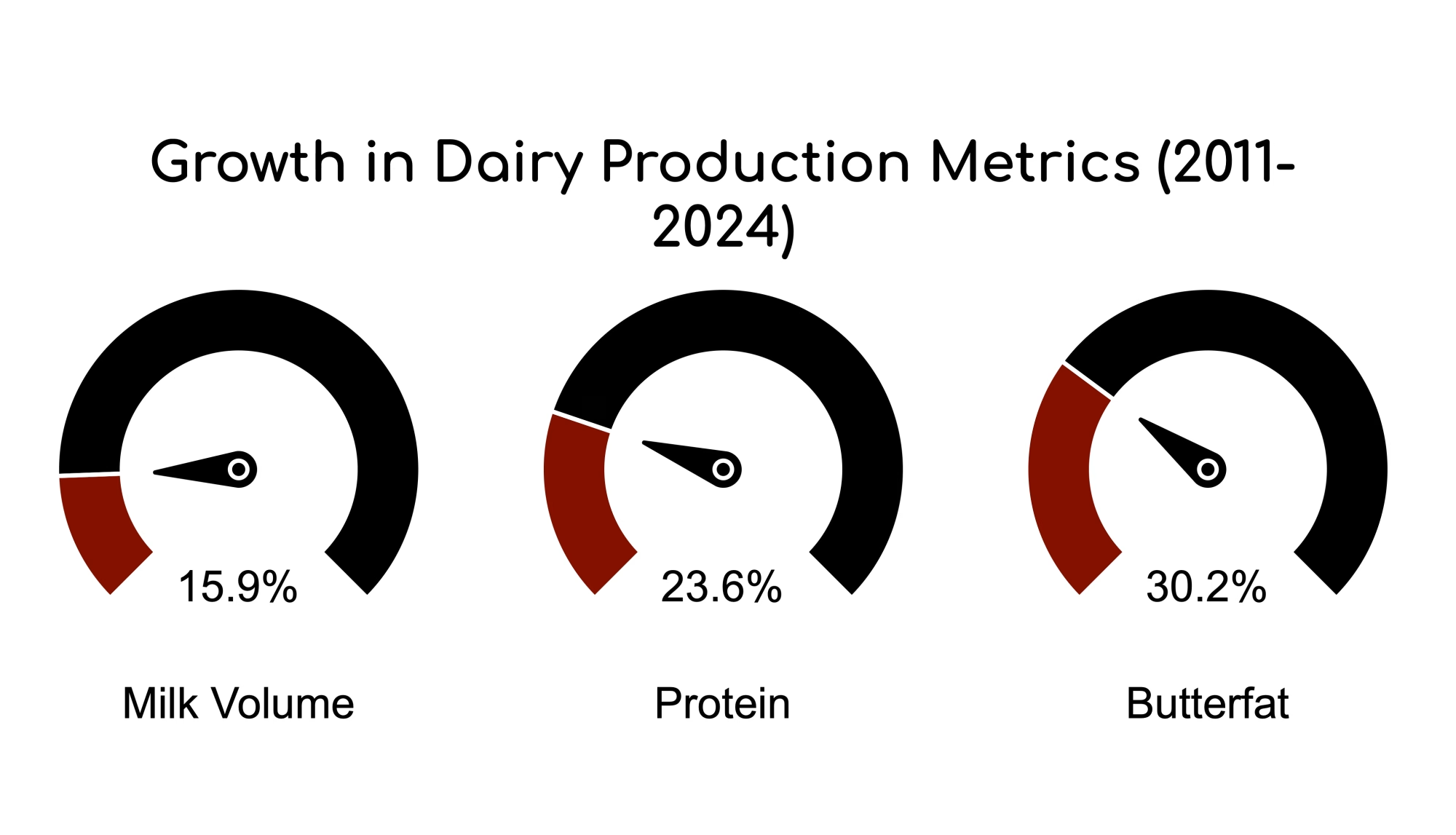

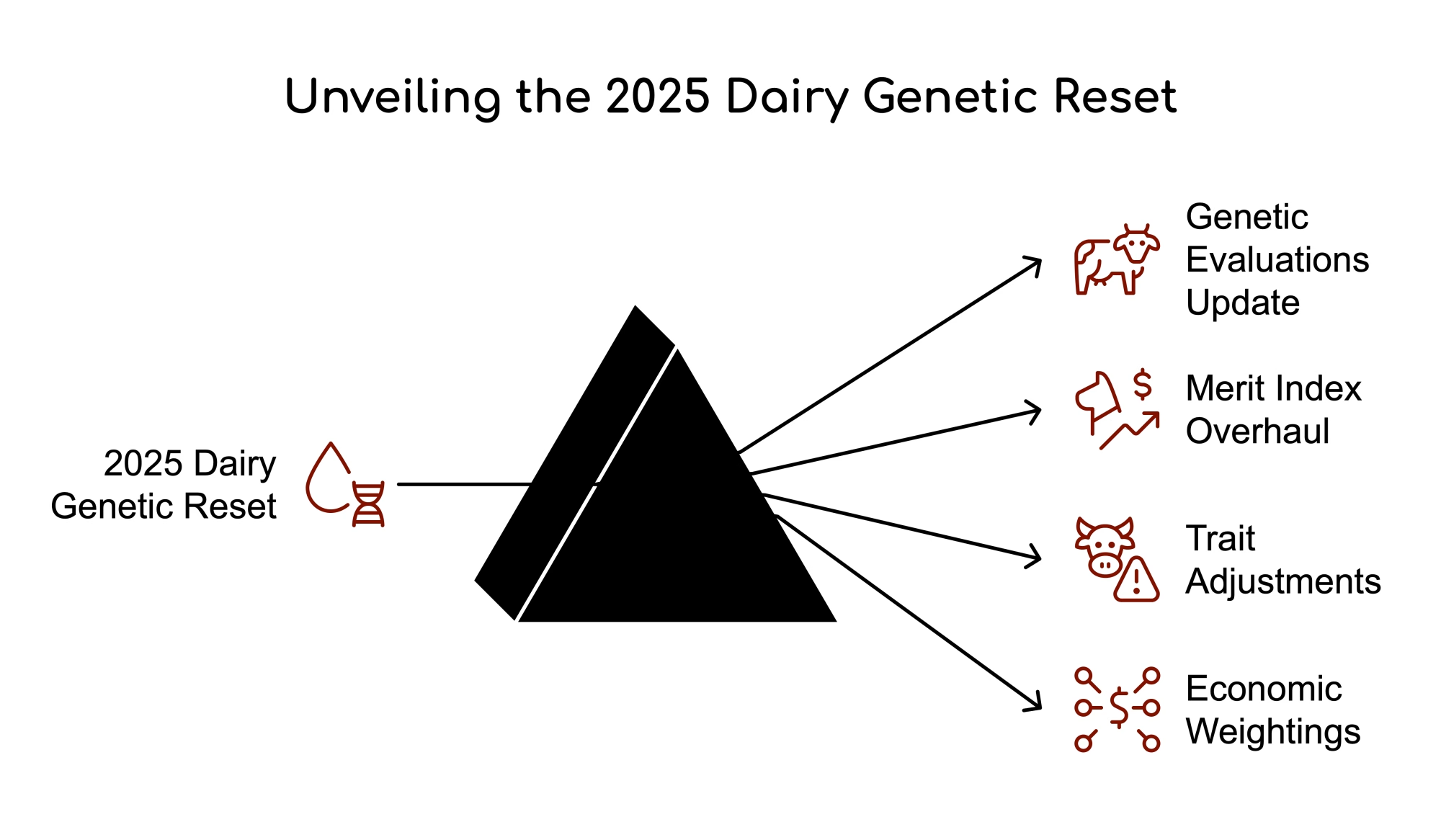


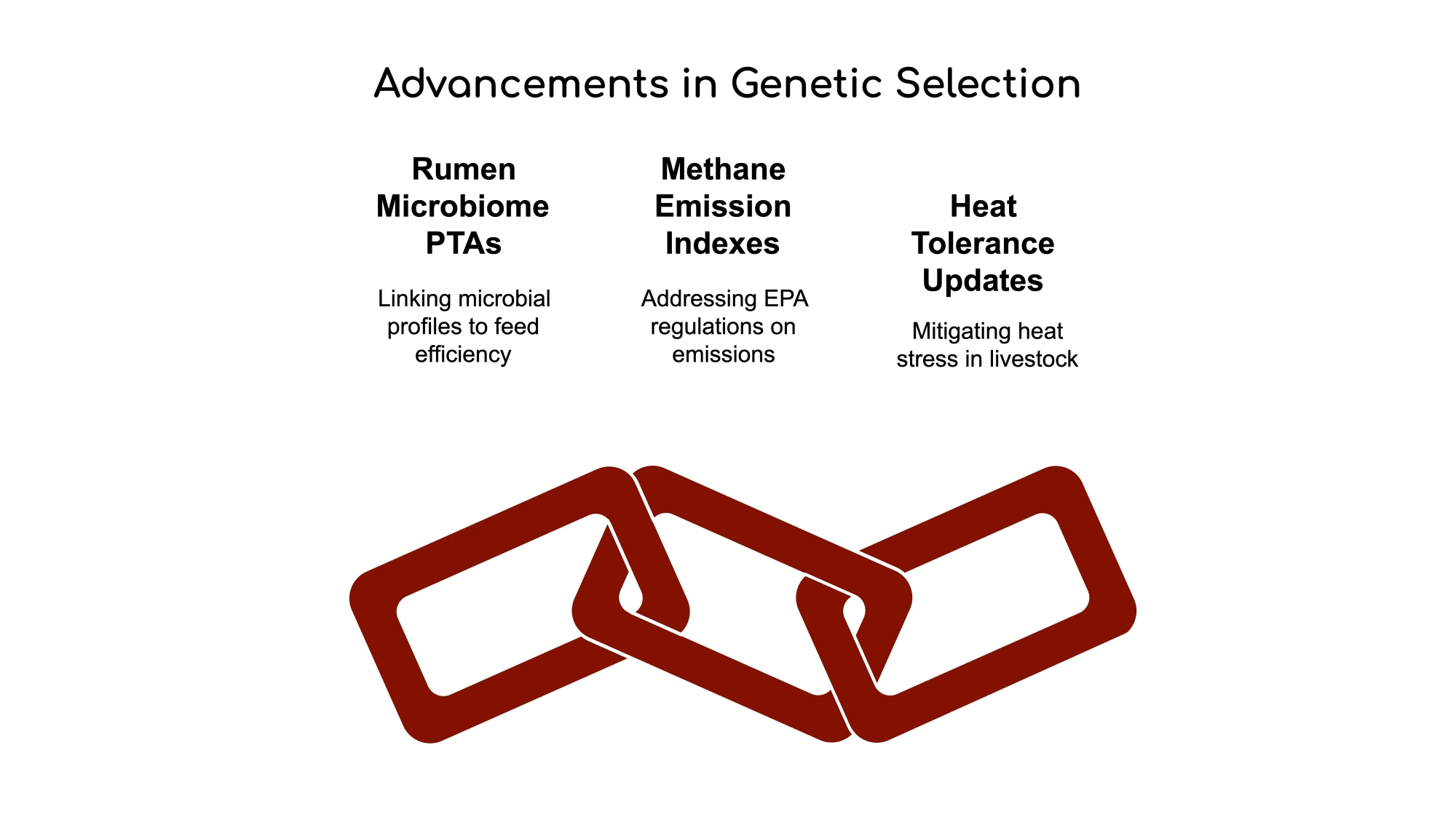


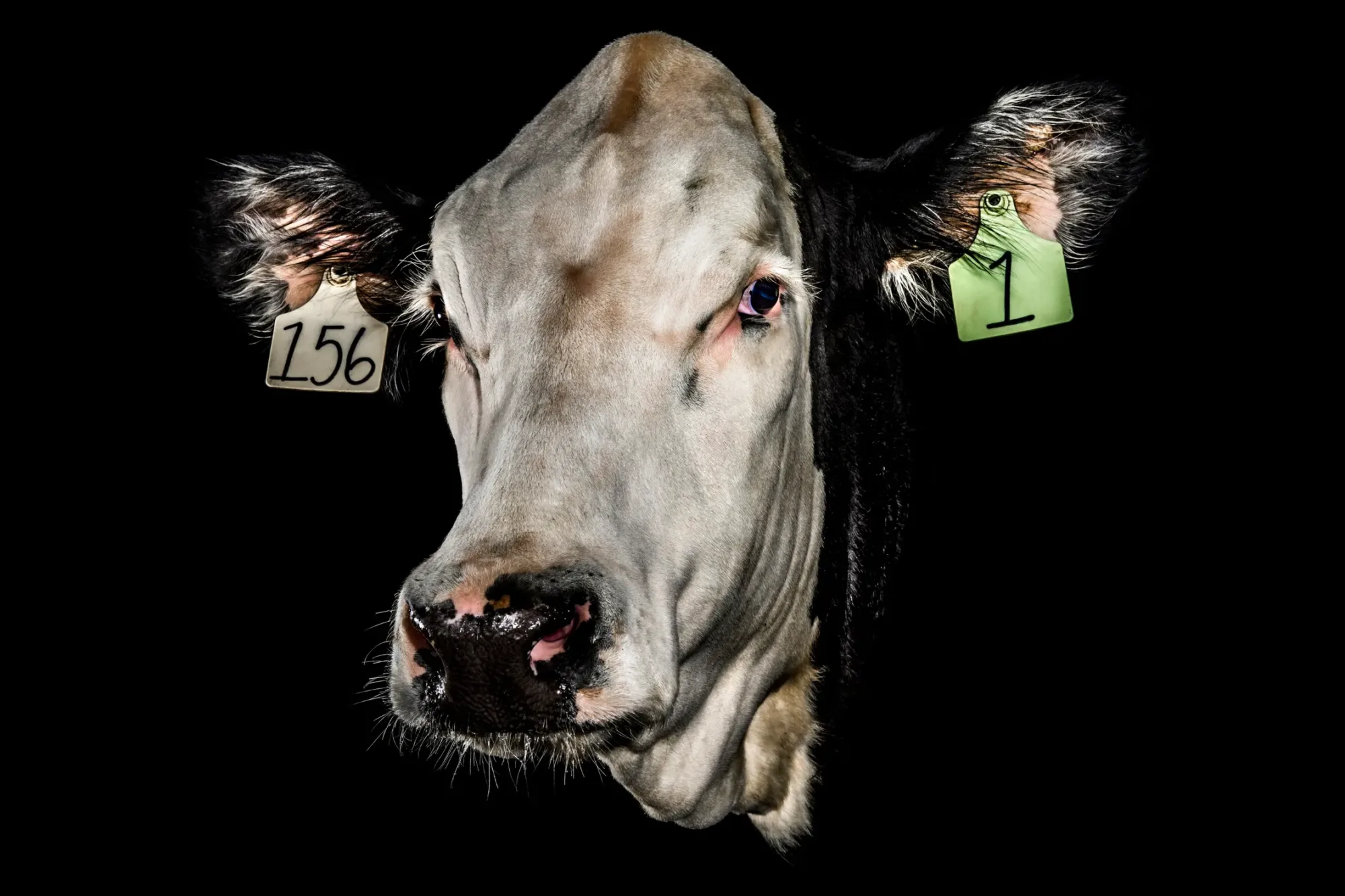








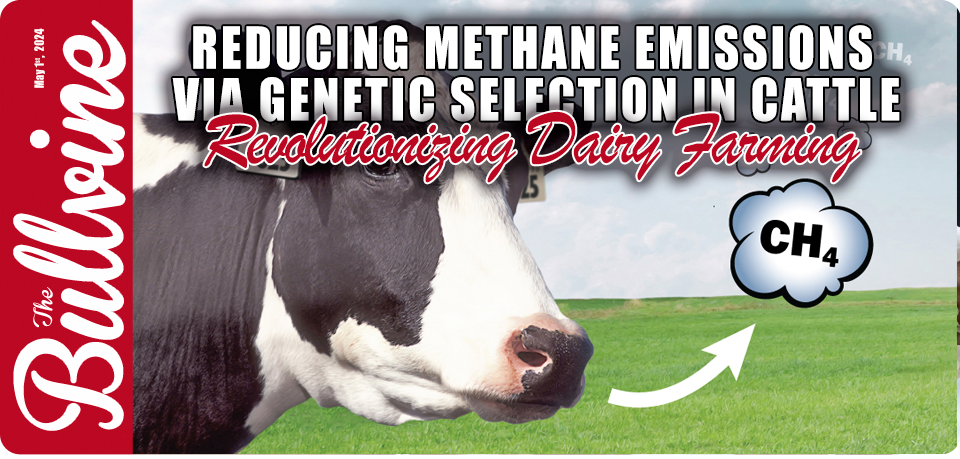

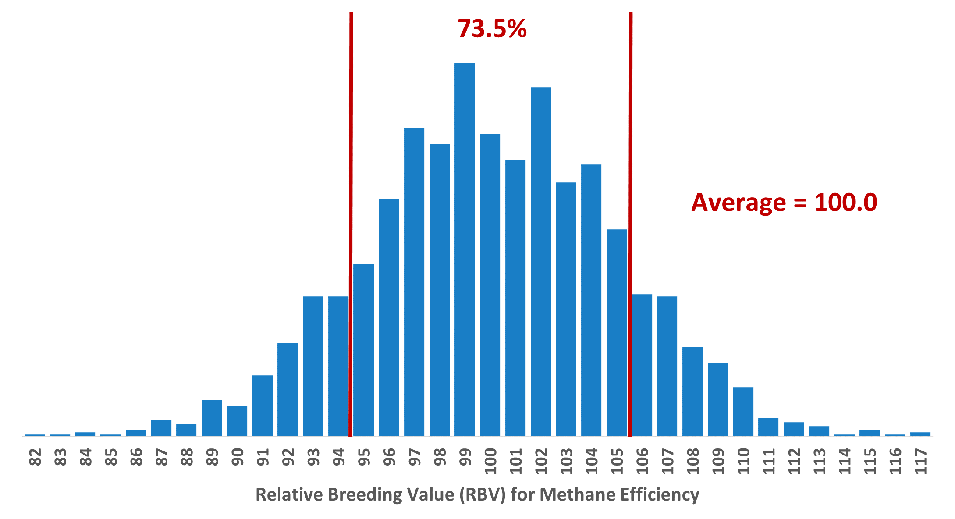

 Highlights
Highlights




